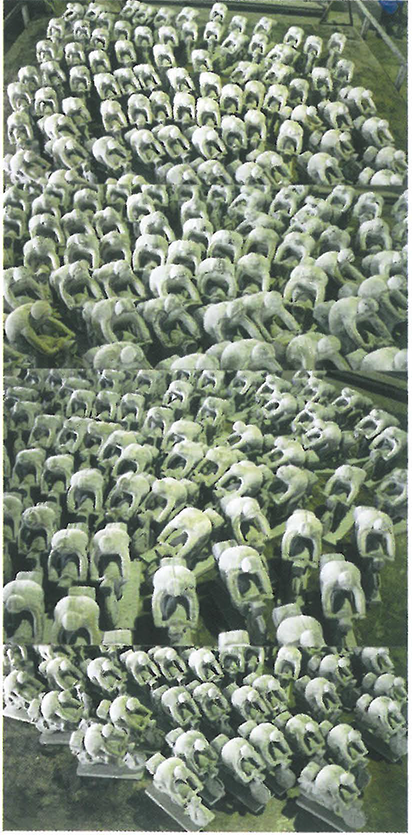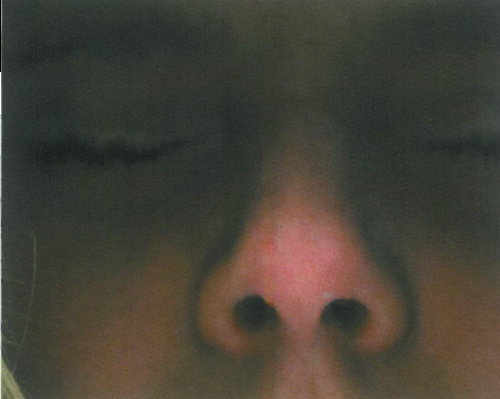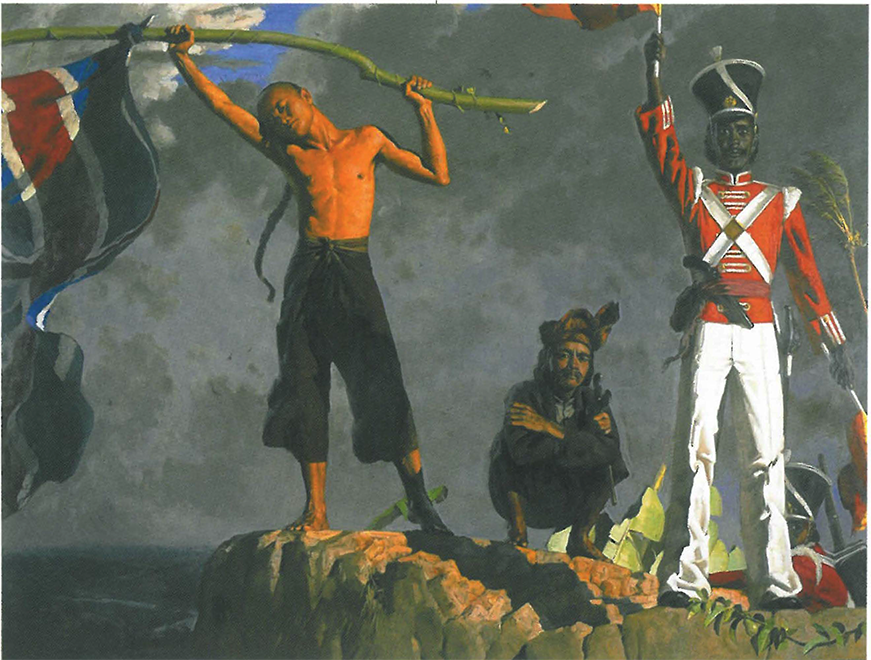
That contemporary art is a genre and that it is an exemplar of globalisation is well borne out by the artworks made by Singapore artists on show at Singapore Nokia Art 2001. Only work by Singapore artists is shown and the exhibition thus refuses the International Biennale model for something more like Australia's Perspecta. The four artists Chen Ke Zhan, Salleh Japar, Matthew Ngui and Suzann Victor who have just represented Singapore in the Venice Biennale, the first time the country has been present, do not have individual works on show in Singapore though images of their works in Venice is displayed.
Whether contemporary art has now to be seen as a global or universal language and thus, in some ways, as an agent of colonialism, a form of cultural hegemony, even as it may at the same time encourage the development of specific languages for people to use, is under discussion. One of the issues being explored by the four artists who showed work in Venice is 'the weakness of great civilizations [ie China and India] in the face of colonisation.' The renewing of colonisation as globalisation can be converted into post-colonial critique in which blended and local histories complicate received narratives or it can be a copycat assimilationist approach to culture. Postcolonial reflections are pre-eminent in a country like Singapore where the founding of the city by Raffles in 1819 as a trading post and the presence of European architecture is so prominent. Several of the young artists with installations around Singapore emphasised that they had been or are training at Goldsmiths College in London thus underlining ongoing cultural imperialisms and legitimacies. Do we look at art made in Singapore to find something that is expressive of Singapore, exclusive to Singapore or to see that Singapore artists are engaged with global, local or 'glocal' concerns which are intelligible, to an art-literate audience, all over the world?
Histories Identities Technologies Spaces is the catchall title of the entire Singapore Nokia Art 2001 program which includes 141 works by 133 artists. Curators selected works from proposals put forward by artists. Several sections demonstrate different threads of art current in Singapore. Thus 'tradition' in the form of Chinese ink paintings takes up one gallery, an expression of a language that strives to enter the twenty-first century by either painting images of contemporary life such as high rise buildings or a portrait of Stephen Hawking or by doing a 'Pollock'. Anthony Chua Say Hua's In Search of Eastern Identities: High Mountains and Flowing Water 2000, introduces the layered evocative power of installation art by placing a traditional stringed instrument with its strings removed in front of his ink painting. The black lacquered smooth body of the instrument represents a sense of loss, a mourning of his culture as well as being materially exquisite.
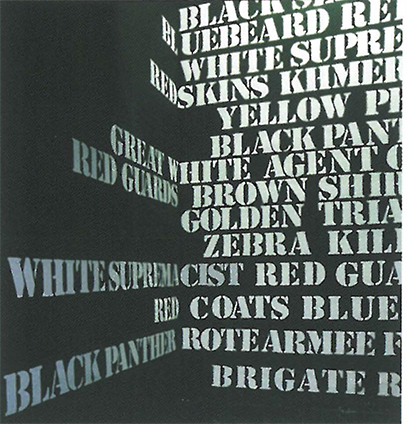
Some artworks deal with local history in predictable ways. Tang Mun Kit's Artefacts from the Old SJI (Found and Missing) 1988-2001, is a work that consists of glass-boxed collections of objects found on the grounds of the St Joseph Institution, the boys' school (1852-1988) which is now the Singapore Art Museum. This recent archaeology reveals teaching materials, schoolbooks, drink bottles - pieces of technology and pedagogy. Somehow too close to a mere social history display the artist has not intervened sufficiently in the work, or perhaps an outsider cannot read the objects sufficiently. Also going through fairly conventional motions is Salleh Japar and Jeffrey Say's Re-presentations 2001 which puts together objects borrowed from the Asian Civilisation Museum, the Singapore History Museum and The Earl Lu Gallery with quotations from a range of writers such as Svetlana Alpers, John Berger, Marcel Broodthaers, Stephen Greenblatt and Walter Benjamin to explore the entrapment of 'museumised' objects. Siew Hock Meng's painting of the colonial encounter, The Starting of an Era, which shows a Malay, a Chinese and an Indian in a steamy tropical landscape with a British flag, is an impressive oil painting yet it doesn't push through to the next step which, in Australia, we are accustomed to seeing artists like Gordon Bennett or Tracey Moffatt undertake.
Flawlessly in Flaw 2000, by Tay Swee Siong, in which a more than human size wooden chair of heavy uncomfortable proportions, with one shorter leg that rests upon an Oxford English Dictionary (thus bringing it up to the height of the other legs), expresses a metaphoric image of the postcolonial situation in a thoughtful and eloquent manner. The chair may be an echo of a traditional Peranakan chair, a brief (1850-1950) hybrid Malay-Chinese culture influenced by India, Indonesia and Europe which is put forward as Singapore's 'indigenous' culture. Peranakan means local born and investigations of this culture form the subject matter for several artists.
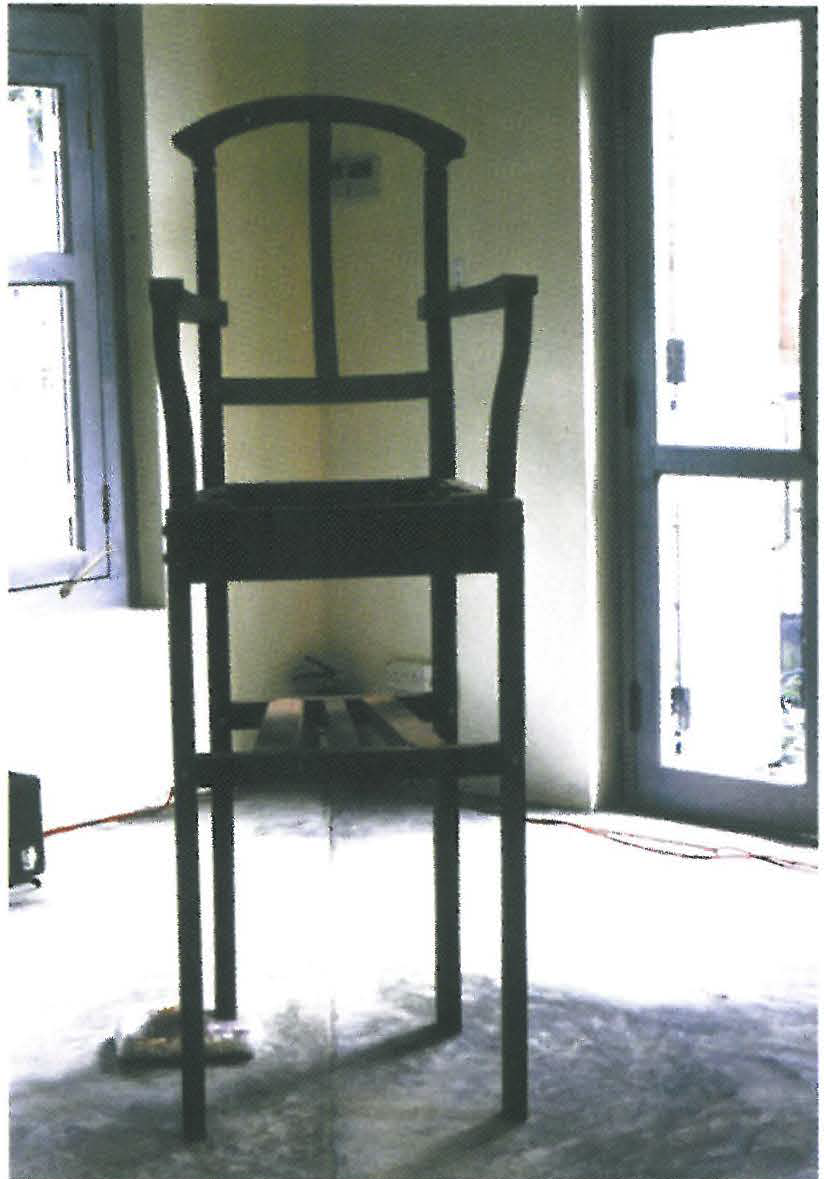
Taliv Mo Samsudin's work Colour Blind II in which various colour terms ranging from Rednecks to Khmer Rouge, Black Panthers, Red Brigade, Yellow Peril and so on are presented in large coloured letters on the many windows and glass walls of the Singapore Art Museum is effective in drawing attention to the human use of colours in politics. Teo Eng Seng's work Ah Wah and Ah Kiat: Crossing Borders in which numerous cast motor-bike riders fill a corner of the gallery references the many people who come into Singapore from Malaysia each day to work and draws on the sense of living in crowded circumstances, of being one among many, which characterises life in Singapore, and indeed most of Asia.
Also part of the exhibition is a cyber arts component, the first ever in Singapore in a self-conscious effort to 'jumpstart' cyber arts. Of these works, Vincent Leow's LISTEN is an effective piece about suicide in the high rise apartments in which most Singaporeans live; the viewer interacts through the computer mouse to open files behind a projection of apartment doors onto a sheet of corrugated iron, each door revealing bits of daily life and sound, some with death-related imagery. A One and a Zero, the video installation work of Michael Lee Hong Hwee, William Phan Chee Hoong and Tan Chee Tat, refers to a gay man's story of life in Singapore. This work hidden in a lidded box in a dark room is intimate and confidential, vulnerable and charming.
Contemporary art spaces in Singapore include Sculpture Square, Plastique Kinetic Worms and Substation. The politics involved in contemporary art in Singapore are likely to be as complicated and parochial as in other places and, as in most places, art is heavily subsidised by the state but there is energy and a high level of professionalism afoot as well as a potentially growing public. On Hari Raya Aidilfitri, the day of rejoicing marking the end of Ramadan, I returned to the Singapore Art Museum to wander on my own, with many local people and their children who were taking advantage of the Museum's free day to look at contemporary art.
